MSc. Phan Thi Hai, Deputy Director of the Tobacco Harm Prevention Fund, shared at the workshop - Photo: D.LIEU
On May 8, the Tobacco Harm Prevention Fund ( Ministry of Health ) held a workshop to share information on tobacco harm prevention activities.
Tax increases help reduce smoking rates
Sharing at the workshop, MSc. Phan Thi Hai, Deputy Director of the Tobacco Harm Prevention Fund, affirmed that tax is an effective solution to achieve the dual goal of reducing the rate of use, reducing illness and death, and at the same time helping to increase the state budget.
According to research by the World Health Organization (WHO), increasing tobacco taxes and prices is an important solution, contributing about 60% of the effectiveness in reducing tobacco use. WHO estimates that increasing taxes to increase prices by 10% will reduce consumption by about 4-5%. In particular, it can reduce up to 10% or more among children and the poor.
According to international experience, tobacco production cannot be reduced rapidly in a short period of time.
For example, in Thailand, from 1993 to 2017, there were 11 tax increases (on average, once every 2 years) from 55% to 90% on wholesale prices (equivalent to an increase from 120% to 700% if calculated on factory prices as in Vietnam).
By 2018, Thailand had switched to a mixed tax system with tax rates divided into two groups.
High tobacco taxes and continuous tax increases have brought about very positive results, the smoking rate among adults nationwide has decreased from 32% (in 1991) to 17.4% (in 2021). At the same time, Thailand's tobacco tax revenue has increased more than 4 times, from 500 million USD (in 1993) to 2.1 billion USD (in 2021).
Meanwhile, the Philippines is applying absolute tax, implementing excise tax reform since 2012, tax increases annually to reach 65 pesos/pack (~1 USD/pack) in 2023. As a result, tax revenue increased from 680 million USD (in 2012) to 2.9 billion USD (in 2022). Smoking rate decreased from 27% (in 2009) to 19.5% (in 2021).
Experience for Vietnam in increasing tobacco tax
According to Ms. Hai, each pack of cigarettes retails for 10,000 VND, but the factory price is only about 3,900 VND. Increasing the tax from 70% to 75% of the factory price only increases the price by 220 VND. Retailers can also increase the price and will only increase the price by about 300 VND = 3%.
However, inflation averaged 4% and income growth averaged 5%. So the tax increase had a small, but significant, impact on consumption in those years.
Since 2019, Vietnam has applied a special consumption tax rate of 75% and the taxable price is the factory price. The tobacco tax rate calculated on retail price is only 36%, much lower than the average of middle-income countries at 59%, only half of most ASEAN countries (Thailand 78.6%, Singapore 67.1%, Indonesia 62.3%).
Compared to other countries in the ASEAN region, Vietnam also has a very low tax rate, the tax calculated on the retail price of cigarettes is much lower than many countries such as: Thailand 78.6%, Philippines 71.3% and Singapore 67.5%.
This makes cigarette prices in Vietnam still among the cheapest in Southeast Asia. Currently, there are 40 cigarette brands on the market with retail prices under 10,000 VND/pack of 20 cigarettes, many brands are priced at only 7,000 - 8,000 VND/pack of 20 cigarettes. With such low retail prices, cigarettes are very accessible to low-income people and new smokers, including children and adolescents.
According to WHO recommendations, to achieve the goals of the National Strategy on Tobacco Harm Prevention and Control by 2030, Vietnam needs to apply a stronger tax increase plan than the plans of the Ministry of Finance . Specifically, WHO and the Ministry of Health propose to apply an absolute tax according to the roadmap to reach 15,000 VND/pack by 2030 and maintain the current tax rate of 75%.
Read moreBack to Topic Page
WILLOW
Source: https://tuoitre.vn/cac-nuoc-trong-khu-vuc-da-giam-ti-le-nguoi-hut-thuoc-la-nhu-the-nao-20250508150735589.htm


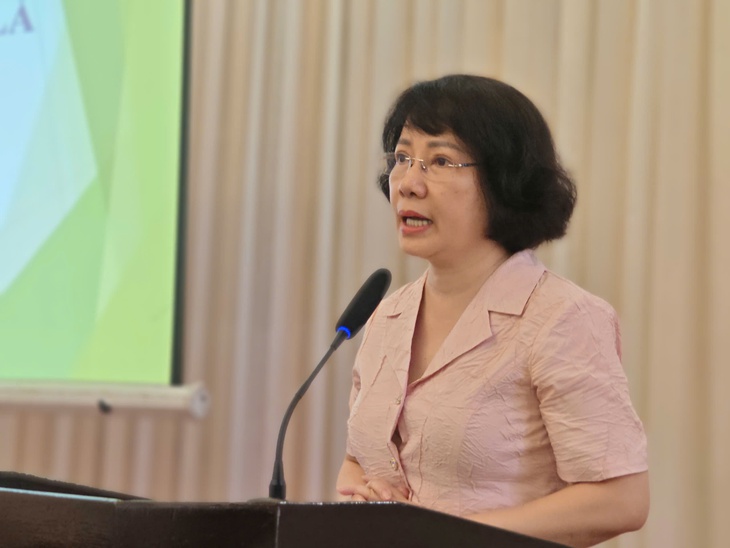








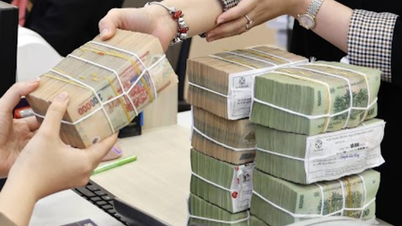

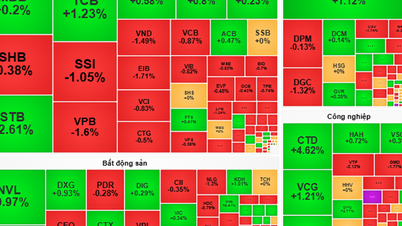
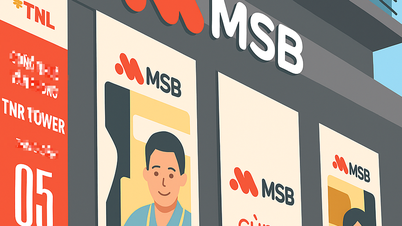


































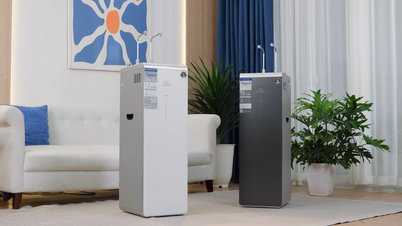






























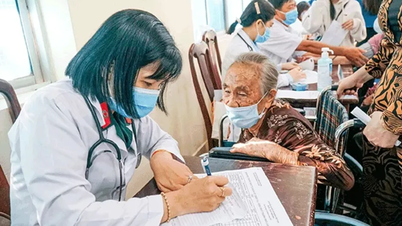


















Comment (0)